When relocating abroad, the United States and the United Arab Emirates emerge quite regularly as top favourites.
Both countries are hotspots for families, professionals, and entrepreneurs looking for enticing opportunities. But, beyond the promise of a good standard of living, the cost of living often becomes a decisive factor. To make sure you make the right move, this guide will walk you through the costs of living in the UAE vs the USA, so you can assess which suits you more.
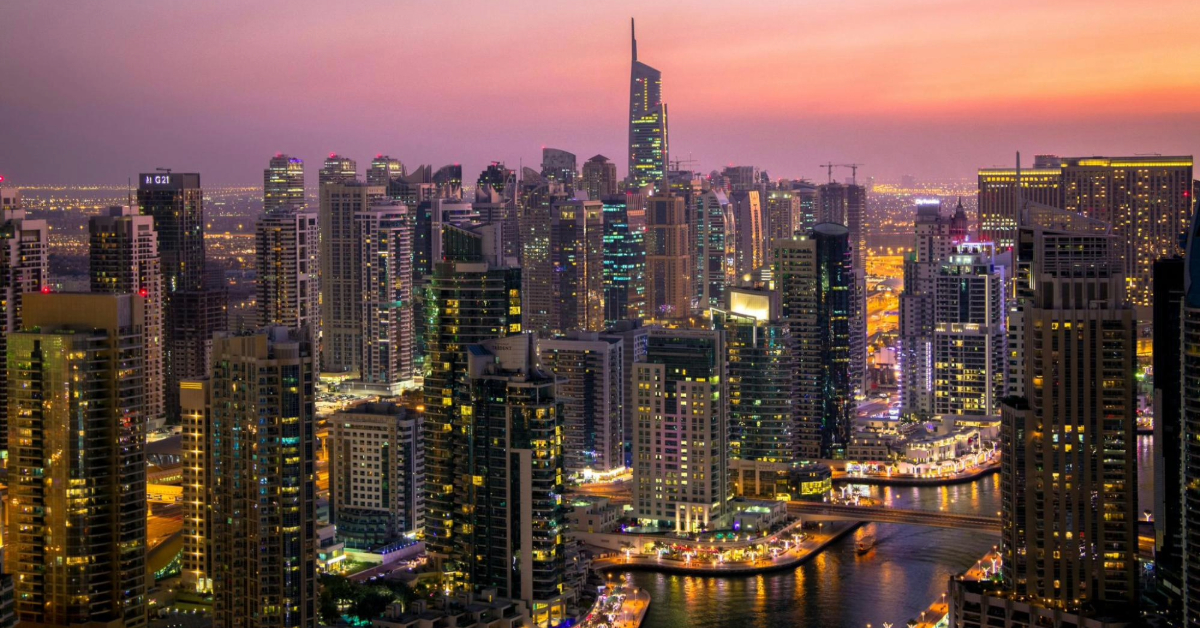
Cost of living in UAE vs USA: category-wise breakdown
Upon comparing the cost of living in the UAE vs the USA, you will notice a vast difference. However, what stands out is the cost-of-living index. For the UAE, it is 61.98. However, for the USA, it sits at 71.92. This difference may seem insignificant in numbers.
However, it translates to massive savings. Overall, day-to-day life in Dubai is cheaper than in the USA. For instance, living in Dubai is approximately 50% cheaper than living in New York. Likewise, it is 22% cheaper to live in Dubai than in Miami. This cost advantage is not spread evenly across all categories. In terms of groceries and internet expenses, the UAE is more expensive. This is because of its imports and infrastructure costs.
Moreover, where housing outside city centres, healthcare, and transportation are concerned, the UAE tends to be more affordable. There is also a tax difference between the two countries, which is a huge factor that tilts things in the UAE’s favour. To get a clearer picture of the cost of living in the UAE vs the USA, let us break down the numbers across different categories.

1. Housing and rentals
Housing is one of the biggest and most recurring expenses for families and individuals. It is also one of the clearest comparison points between the two countries.
In the heart of the UAE, a one-bedroom apartment has an average monthly rent of 6,123 AED. This is slightly less than the cost in an equivalent American city centre, which is 6,362 AED. But, as one proceeds to the peripheral areas, the gap widens. An average one-bedroom apartment anywhere in the UAE costs nearly 4,181 AED, whereas in the US, it would sell for about 5,252 AED.
The scenario is quite the opposite with bigger homes. In the UAE city centre, a three-bedroom apartment typically rents for 12,595 AED. On the contrary, the rent is 10,562 AED, on average, in the US. Hence, American city living is relatively more affordable for families seeking extra space.
On the outskirts, however, a three-bedroom apartment in the UAE costs about 9,025 AED, which is very close to the average of 8,771 AED in the US.
For buyers, real estate in the UAE city centres commands a premium. Homes cost roughly 23,443 AED per square meter as opposed to 11,912 AED in the United States. Real estate prices in the UAE remain above the US average of 10,022 AED, at 13,493 AED outside prime zones.
Explore the Available Apartments for Rent in the UAE
-

Apartment
Listed 15 hours ago
105,000 AED/year
1 Bedroom | Study | Prime Location
Mosela Water Residences, Mosela, The Views, Dubai
1
1
804 sqft
-
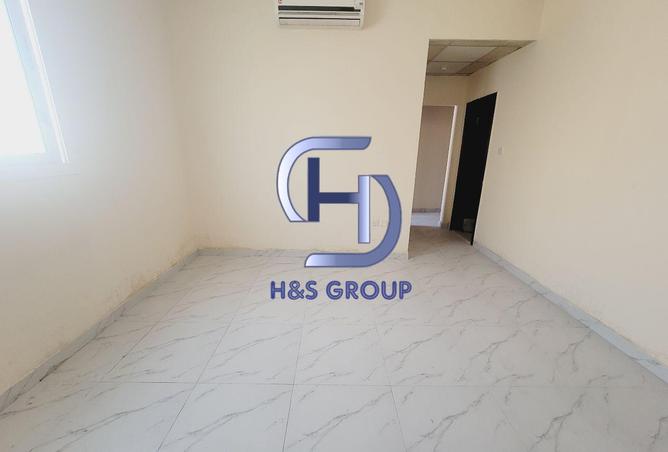
Apartment
Listed 14 hours ago
33,000 AED/year
Charming 1 BR Apartment with 2 washrooms
Fire Station Road, Muwaileh, Sharjah
1
2
850 sqft
-
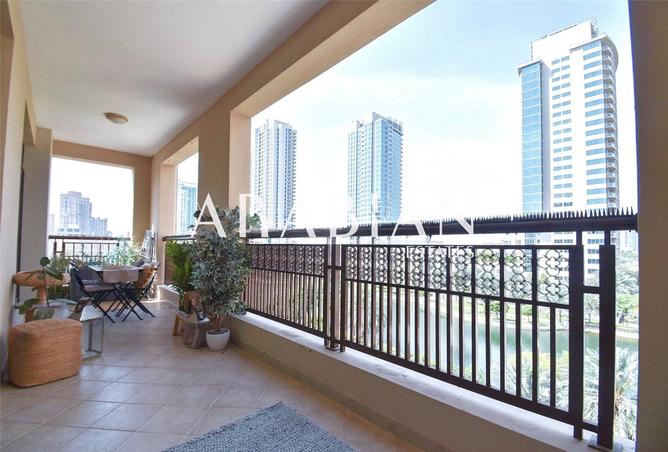
Apartment
Listed 16 hours ago
160,000 AED/year
Lake View | 2 Bedroom | Prime Location
Turia Tower A, Turia, The Views, Dubai
2
3
1,250 sqft
-
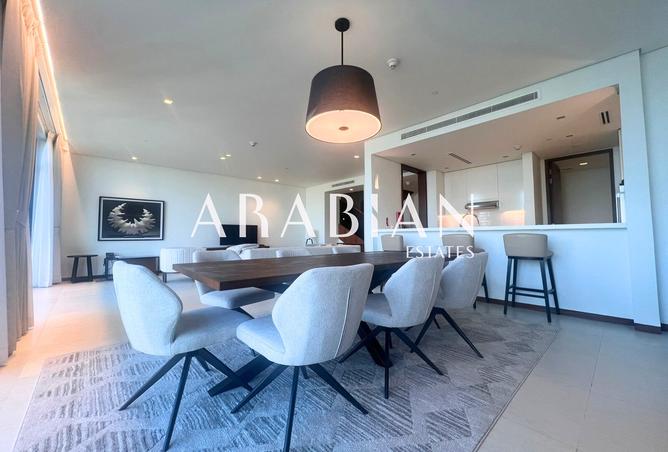
Apartment
Listed 16 hours ago
349,000 AED/year
Duplex | Golf View | 2 Parking
Vida Residence 1, Vida Residence, The Hills, Dubai
2
3
1,775 sqft
-
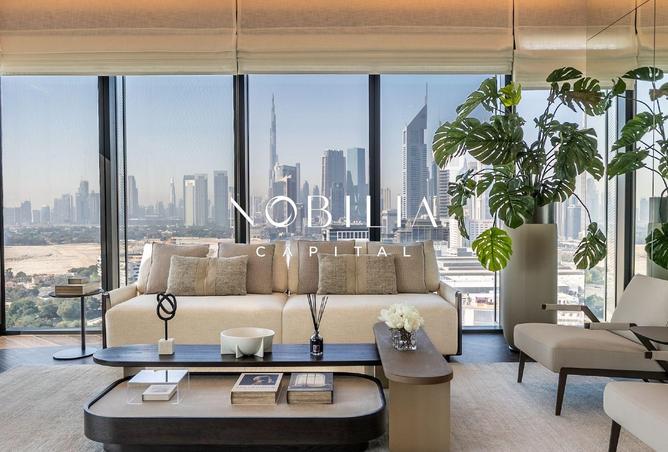
Apartment
Listed 21 hours ago
1,100,000 AED/year
Contemporary Design | Ultra Luxury | Burj View
One Za'abeel The Residences, Zabeel 1, Zabeel, Dubai
3
5
2,436 sqft
-
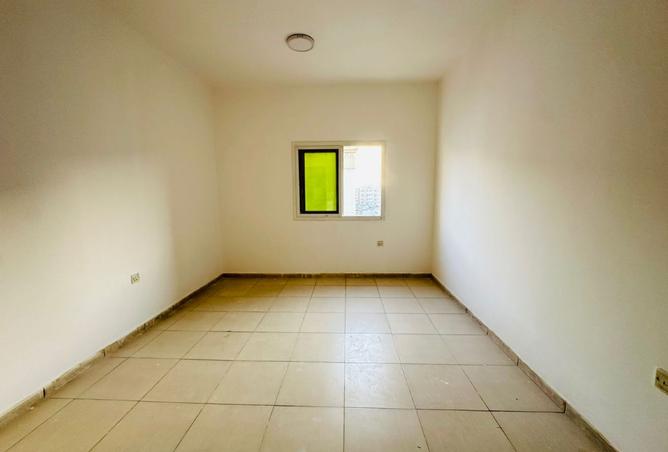
Apartment
Listed 21 hours ago
20,000 AED/year
Charming Studio:Affordable for family
Fire Station Road, Muwaileh, Sharjah
studio
1
300 sqft
-
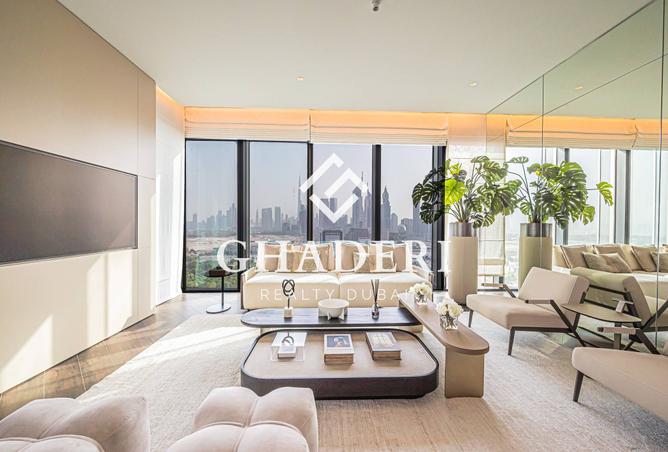
Apartment
Listed 15 hours ago
1,100,000 AED/year
Brand New | Dream Interiors | Stunning Views
One Za'abeel The Residences, Zabeel 1, Zabeel, Dubai
3
4
2,436 sqft
-
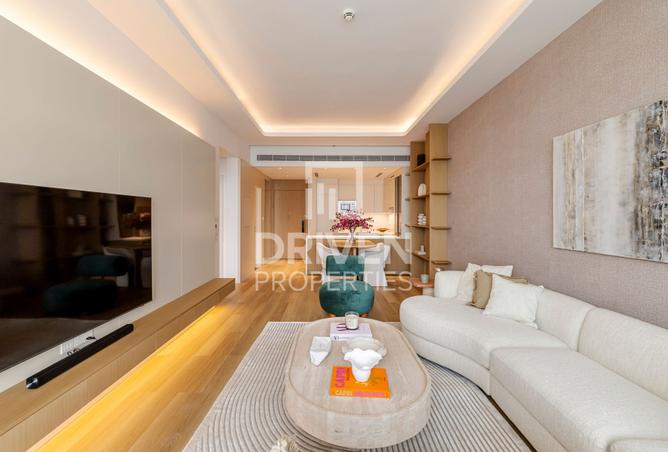
Apartment
Listed 20 hours ago
285,000 AED/year
Lavish | Upgraded and Furnished | Canal View
Canal Front Residence 8, Canal Front Residences, Al Wasl, Dubai
1
1
1,009 sqft
-
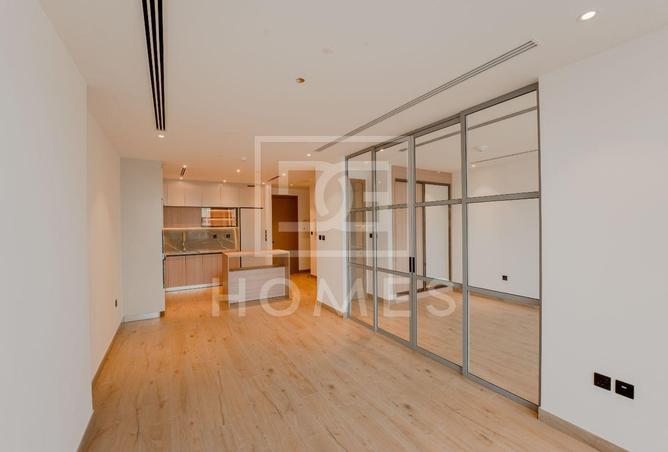
Apartment
Listed 16 hours ago
75,000 AED/year
FINAL UNITS | NO COMMISSION | BRAND NEW
The Vybe, District 16, Jumeirah Village Circle, Dubai
1
1
701 sqft
-
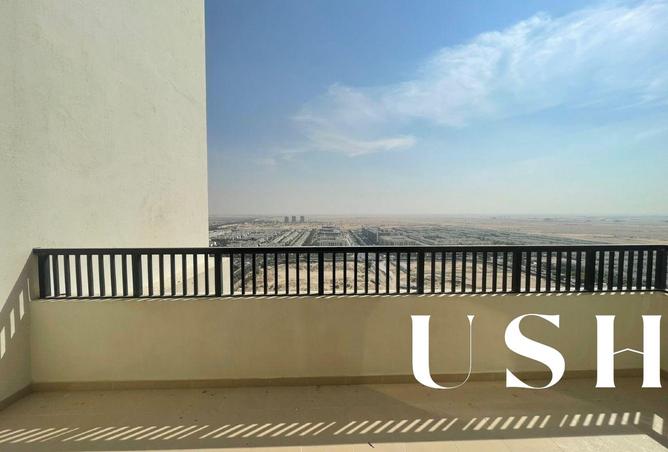
Apartment
Listed 2 days ago
100,000 AED/year
NEAR TO CENTRAL PARK | READY TO MOVE IN | 2BEDROOM
Warda Apartments 1A, Warda Apartments 1, Warda Apartments, Town Square, Dubai
2
2
941 sqft
2. Transportation
Transportation can offer UAE residents significant savings compared to the USA.
Public Transport
You will see clear differences among public travel, private vehicles, and taxis. As for daily commuting, a one-way ticket for local transport costs 5 AED in the UAE. For a similar journey, the price is 9.18 AED in the USA. So, the price is almost twice as much.
Additionally, frequent travellers can get a standard monthly pass. It costs 200 AED in the UAE, a little less expensive than the 238.71 AED in America.
Taxis present a wider price gap. The basic flag-down charge starts from 12 AED in the Emirates, in contrast to 13.22 AED across the US. Though this initial difference looks small, it is in the per-kilometre charge where the disparity is felt. You can hire a taxi in the UAE for 2.50 AED per km, as against 6.39 AED in the US. Thus, the everyday short-distance rides are cheaper in the UAE.
Fuel Prices
Fuel prices are also in favour of the UAE residents. One litre of petrol costs about 2.82 AED in the UAE, compared to about 3.30 AED in the States. This indicates a premium of 17% in gasoline charges.
Car ownership, on the other hand, introduces nuances. A Volkswagen Golf equivalent sells for about 163,937 AED in the UAE. However, it costs about 126,704 AED in the US.
Conversely, a Toyota Corolla Sedan sells for 82,417 AED in the Emirates and roughly 95,642 AED in the US. This suggests some models may, in fact, be cheaper in the domestic market.
Thus, transportation in the UAE is relatively cheaper for daily commuting. This is mostly because of subsidised fuel and an efficient public transport system. However, purchasing a few vehicles with insurance coverage can significantly add to your costs. This means that a careful budget needs to be drawn up by long-term residents and investors.
3. Utilities
Utility bills are a recurring expense, which expats must always keep an eye on.
On average, for an apartment roughly 85m² large, monthly utility bills in the UAE work out to around 652.81 AED for electricity, cooling, heating, water, and waste services. Compared to this, in the United States, utility expenses are somewhat higher at 771 AED for a similarly sized apartment.
The internet is one aspect where the UAE is noticeably expensive. A typical unlimited, high-speed internet plan costs around 368 AED per month, while in the US, the internet tends to be cheaper at 265 AED.
Mobile tariffs are fairly close in both countries. It will cost you 214.16 AED in the UAE versus 221 AED in the USA for a similar monthly plan.
4. Groceries and food
Groceries are among the few categories where the UAE is almost always more expensive than the US. The principal reason is that around 90% of all food in the UAE is imported.
Heavy dependency on global supply chains means that supermarket prices reflect costs related to:
- Shipping
- Customs
- Distribution

Eating out is also more expensive in the Emirates. Generally speaking, restaurants in Dubai and Abu Dhabi charge approximately 11% higher prices than those in the US. Low-cost local eateries, especially for Middle Eastern and Asian dishes. However, Western-style restaurant menus are priced quite high.
That said, the array of international cuisine options in the UAE is simply staggering. The food scene is among the richest in the region, from Michelin-starred establishments to home-grown cafés.
5. Healthcare and insurance
In healthcare, the UAE offers a better financial advantage. On average, healthcare costs are about 38% cheaper in the UAE than in the US.
Both of these countries have strong public and private systems that shape the healthcare. However, costs and structures differ.
UAE
In the Emirates, medical insurance is compulsory for expatriates. So, many employers offer basic insurance as part of their package. Public facilities exist, but dental and vision services are excluded. So, families buy private plans to get comprehensive coverage.
USA
In contrast, the USA mixes government programs with employer-tied and private insurance plans. This opens up many options for coverage.
The UAE has invested heavily in high-end hospitals and international partnerships. Hence, the residents have access to the best facilities. However, in the US, coverage and affordability vary with location and employment.
6. Taxes
Taxes are indeed one of the factors differentiating the UAE from every other country in the world.
There is no personal income tax in the UAE. This implies that salaries are paid in full without any deductions. It is a tremendous advantage for professionals.
However, there is a 5% VAT levied in the UAE that applies to most goods, services, groceries and dining. It does put a slight strain on everyday expenses, but it is far less than the tax structures in the USA.
Moreover, you have to pay income tax in the USA with federal tax rates ranging from 10% to 37%. It depends on your income bracket. However, taxes also vary from state to state, in addition to Sales tax, which is another addition to everyday spending.
For most expats, this obvious contrast is the biggest financial motivator in choosing to move to the UAE.
7- Salary and income
In the US, the salaries are usually higher. However, the tax exemption advantage in the UAE almost balances this out.
In the UAE, the average monthly net salary after tax is 11,329 AED. However, in the USA, the average salary is 15,867 AED. While this is a significant gap, the UAE residents do not face state or federal deductions. Hence, their disposable income is higher.
8. Life quality and other considerations
Apart from the hard figures, the quality of life is an essential aspect when comparing the UAE and the USA.
Both nations rank high in infrastructure, safety, and lifestyle options. The UAE, in particular, is known for its ultramodern facilities. These include huge shopping malls, top-notch healthcare facilities, luxury hotels, and world-class architectural marvels. It is also considered a safe place for families, thanks to its low crime rate compared to the US.
Weather
The weather is one concerning element in the UAE. Daytime temperatures here regularly surpass 40°C during the summer months. This extreme heat hinders enjoying the outdoors for at least three to four months. The US, on the other hand, experiences a diverse range of climates across its vast terrain.
Culture and Lifestyle
Cultural differences are also critical. While the UAE is one of the most advanced countries in the Middle East, it imposes certain regulations on public behaviour and cohabitation. For expats coming from the US, adjusting to such regulations can be challenging. However, once you are aware of the restrictions in place, adapting to them becomes manageable.
Furthermore, entertainment is another field where both countries excel, but in different ways. The UAE is popular for its luxury recreation, ranging from desert safaris to fine dining to unique options like skiing indoors. The US, on the other hand, boasts of several affordable leisure activities like outdoor sports, theatres, and museums.
Key takeaways
The general cost of living in the United States is higher than in the UAE, especially when it comes to housing outside prime areas, transportation, and healthcare. However, groceries and internet services tend to be pricier in the UAE due to its heavy reliance on imports and infrastructure. Overall, the cost of living in Dubai is about 50% lower than in New York, giving residents a significant financial advantage. With tax-free income in the UAE, professionals retain more of their earnings, which offsets the higher prices of certain goods and services. While salaries are typically higher in the US, the absence of income tax in the UAE ultimately helps balance overall affordability.
Conclusion
Now that you know the cost of living in the UAE vs the USA, your ultimate choice of residence comes down to what matters to you the most.
UAE is the place for you if you value:
- tax-free earnings
- cheap healthcare
- public transport
The USA is the place for you if you value:
- affordable groceries
- broader cultural familiarity
- a high salary
The high living standards combined with financial savings attract expats, particularly professionals, to Dubai and Abu Dhabi.
If you are thinking about relocating to the UAE, do check out some worthwhile property options. Explore the listings on Property Finder for a suitable place to start your new life in the expat-friendly UAE.
FAQs
Yes, the cost of living in the US is 21.5% higher than in the UAE.
Yes, in the UAE, utility bills tend to be higher than those in the US.
In the UAE, the average monthly net salary after tax is 11,329 AED. However, in the USA, the average salary is 15,867 AED.
No, the UAE does not levy any tax on your personal income.
Healthcare is about 38% cheaper in the UAE when compared to the US.







